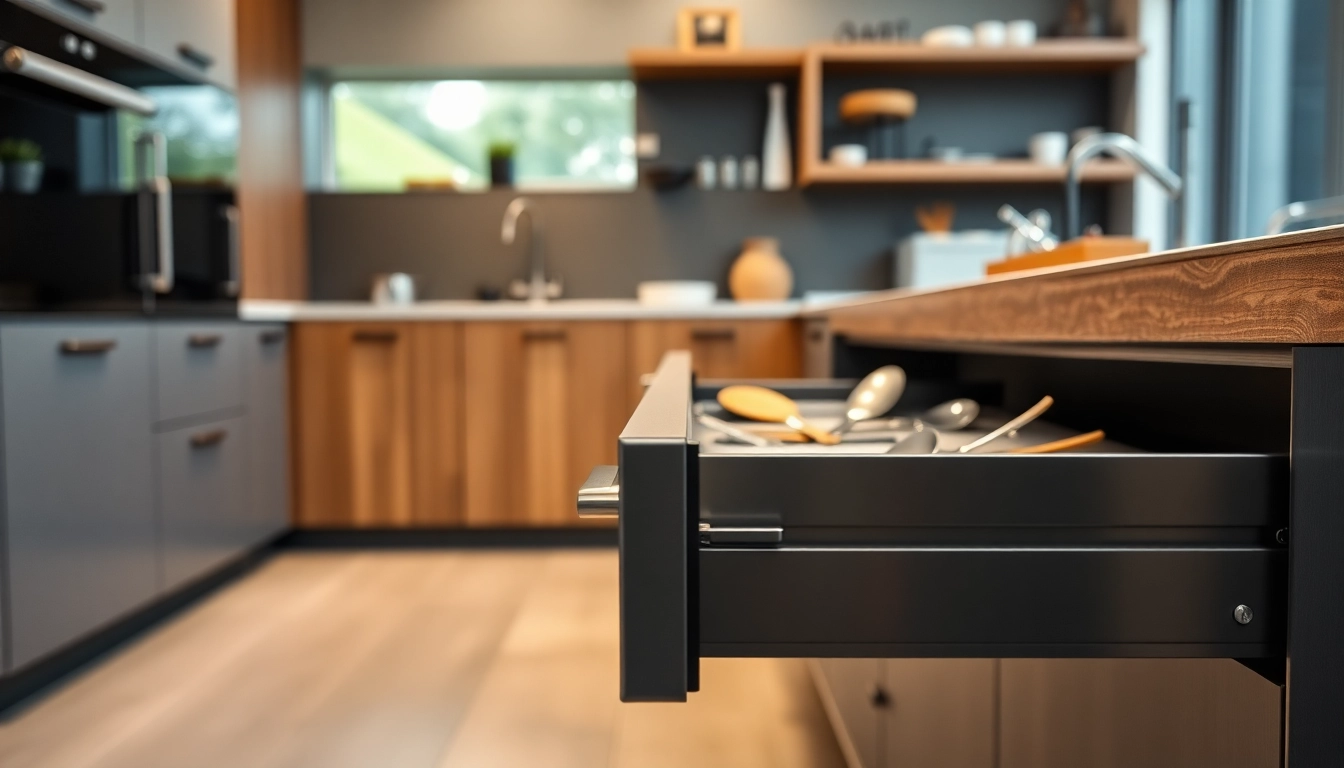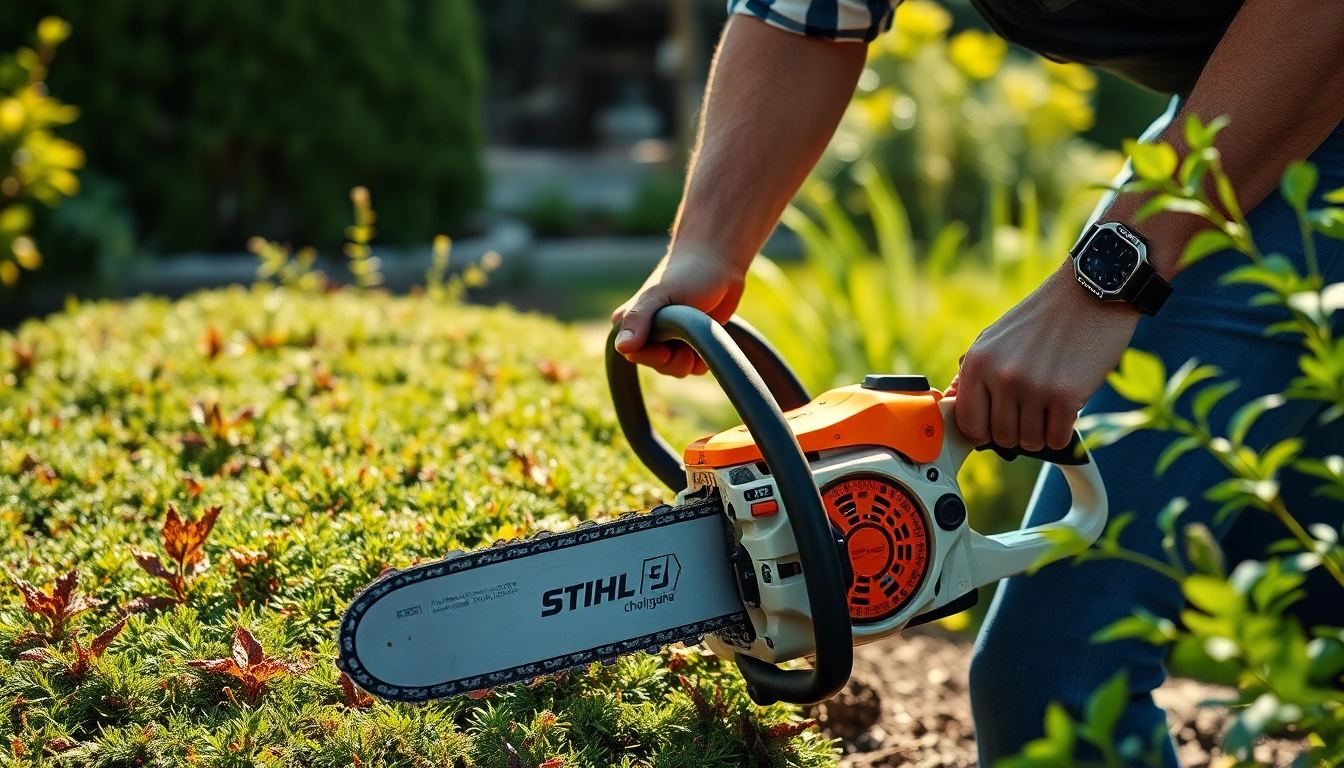Understanding Metal Drawer Systems
1. Definition and Purpose of Metal Drawer Systems
Metal drawer systems are integral components used in a variety of furniture and cabinetry applications, providing both storage solutions and structural support. Designed primarily from durable materials like steel or aluminum, these systems deliver a robust and functional storage compartment that is essential for modern homes and commercial spaces. The main purpose of a metal drawer system is to facilitate the smooth opening, closing, and installation of drawers while also enhancing the aesthetic appeal of the furniture.
2. Key Features of Metal Drawer Systems
Metal drawer systems stand out due to their unique features:
- Durability: Made from high-quality metals, they are designed to withstand heavy use without compromising structural integrity.
- Mechanical Efficiency: Innovations like ball bearings and roller tracks allow for smooth and quiet operation.
- Variety of Finish Options: Available in different coatings and colors to match diverse design aesthetics.
- Configurations: Can be tailored to various drawer dimensions and weight capacities, offering versatility for both residential and commercial applications.
3. Common Applications in the Home and Office
Metal drawer systems are ubiquitous in both residential and commercial environments. In homes, they are typically found in kitchens, bathrooms, and closets, facilitating organized storage for everything from utensils to clothing. In offices, they serve as essential components for filing cabinets and workstations, helping to keep documents and supplies neatly arranged. Their ability to support significant weight makes them ideal for handling heavier items, enhancing their utility in various settings.
Types of Metal Drawer Systems
1. Rolling Metal Drawer Systems
Rolling metal drawer systems utilize wheels or casters, allowing users to easily slide them in and out. They are particularly effective in reducing friction between the drawer and its enclosure, which can ultimately extend the lifespan of the drawer system. These types can be used effectively in mobile storage solutions, such as tool chests or utility carts.
2. Undermount vs. Side-Mounted Systems
Metal drawer systems can typically be classified into two categories based on their mounting styles:
- Undermount Systems: These are mounted beneath the drawer, providing a seamless look when the drawer is closed. They typically offer features like soft-close mechanisms and are popular in modern cabinetry.
- Side-Mounted Systems: Attached to the sides of the drawer, these systems are generally easier to install and often allow for greater adjustability. They are ideal for heavy-duty applications due to their robust construction.
3. Heavy-Duty Metal Drawer Solutions
Heavy-duty metal drawer solutions are engineered to support significant weight and withstand rigorous usage. Featuring reinforced sides and robust hardware, these drawers are perfect for industrial settings, garages, or as part of workshop furniture. Knowing the required weight capacity is crucial when selecting a heavy-duty option to ensure safety and functionality.
Benefits of Using Metal Drawer Systems
1. Durability and Longevity
The primary advantages of metal drawer systems lie in their durability. Constructed from high-grade metals, these systems can resist wear and tear, making them suitable for heavy-duty applications. Unlike their wooden counterparts, which may warp or suffer from humidity damage, metal drawer systems maintain their shape over time, ensuring longevity and reducing the need for replacements.
2. Design Flexibility and Customization
Metal drawer systems offer significant design flexibility. Manufacturers provide various sizes, finishes, and configurations, allowing customization suitable for any environment, from contemporary kitchens to rustic workshops. The ability to adapt these systems to specific requirements makes them versatile enough to suit a wide range of interior designs and operational needs.
3. Enhanced Functionality in Storage
The functionality of metal drawer systems is enhanced by features that promote organization, such as dividers and organizers that can be integrated into the drawer design. Additionally, mechanisms like soft-close and full-extension slides allow users to access every corner of the drawer effortlessly. This thoughtful design facilitates better interaction, leading to greater efficiency in task completion, especially in settings laden with various tools or kitchen utensils.
Choosing the Right Metal Drawer System
1. Factors to Consider When Buying
Selecting the right metal drawer system involves several considerations to align with user needs:
- Intended Use: Consider what items will be stored and the required accessibility. For example, frequently accessed items should have easy-slide drawers.
- Size and Dimensions: Ensure that the chosen metal drawer system fits well within its designated space, both in width and height.
- Weight Capacity: Check the specifications for weight limits, particularly for heavy-duty applications.
- Aesthetic Preferences: The finish and design should complement the surrounding decor.
2. Evaluating Weight Capacity and Size
When evaluating weight capacity, it’s essential to account for not only the total weight of the items you plan to store but also any potential distribution problems that might arise. Ensure that the metal drawer system you choose can comfortably handle the intended load without risk of failure. Size-wise, the drawer must fit within the cabinetry or workspace, allowing enough clearance for proper operation.
3. Installation: Professional vs. DIY
Installation can be a straightforward process with the right tools and instructions. Many metal drawer systems come with detailed guides for DIY enthusiasts. However, for those less experienced with installation or those needing specialized setups, hiring a professional may be beneficial. A skilled installer can ensure the drawers function correctly and last, providing peace of mind.
Maintenance and Care for Metal Drawer Systems
1. Cleaning Tips for Longevity
Keeping metal drawer systems clean is crucial for maintaining their functionality and appearance. Regularly wipe the surfaces with a damp cloth to remove dust and moisture. For more stubborn stains, a mild detergent can be used, followed by thorough drying to prevent rust formation. Avoid using abrasive cleaners that can scratch the surface finish.
2. Troubleshooting Common Issues
Even well-built metal drawer systems can encounter problems over time. Common issues include sticking drawers, misalignment, or noisy operation. Maintaining lubrication on moving parts can prevent conflicts and improve performance. If a drawer is misaligned, adjusting the mounting brackets can often remedy the problem without the need for replacement parts.
3. Upgrading Your Metal Drawer System
As needs evolve, upgrading your metal drawer system might become necessary. This can include adding features such as soft-close mechanisms or installing dividers for better organization. If upgrading isn’t feasible, consider replacing outdated hardware to boost functionality. Always consult with a professional or refer to the manufacturer for compatible upgrades.















Leave a Reply